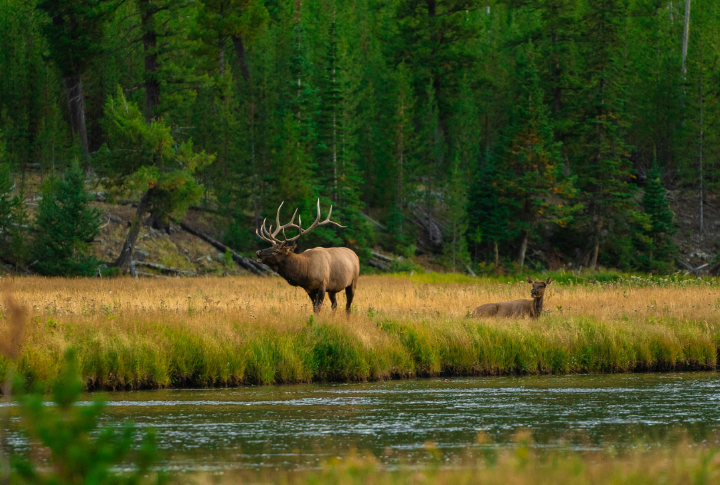
Wildlife doesn’t spread evenly across the map—some states hold more than their fair share. Rich habitats, wide temperature shifts, and strong conservation laws help certain places support everything from birds to bears. Let’s explore the states where biodiversity isn’t just alive; it’s thriving.
Alaska
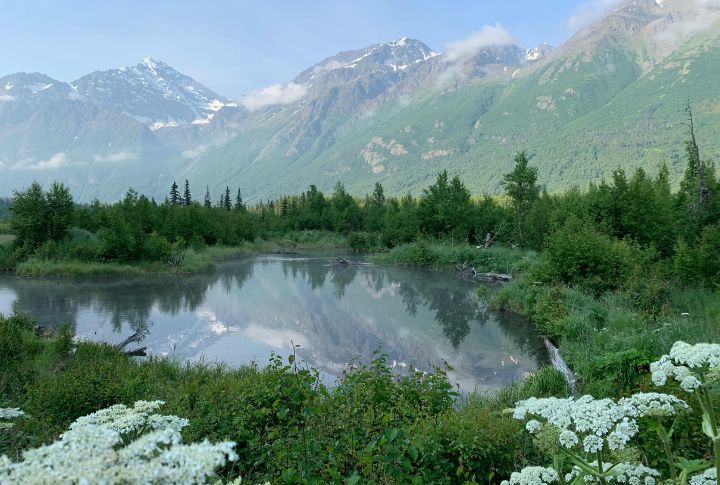
North America’s highest bald eagle population nests in coastal forests. Brown bears feed in salmon-rich rivers, while offshore waters support eight whale species. Remote terrain limits human interference, which helps over 1,000 vertebrate species survive across massive distances. Inland tundras also hold Caribou herds and Arctic foxes.
Florida

Over 700 land animals and 1,000 marine lifeforms live here. The Everglades protect alligators, crocodiles, and manatees in shared spaces. Endangered Florida panthers roam southern habitats, and coral reefs off the coast host hundreds more species. These ecosystems persist, but about 64 of these species still face extinction threats.
Texas
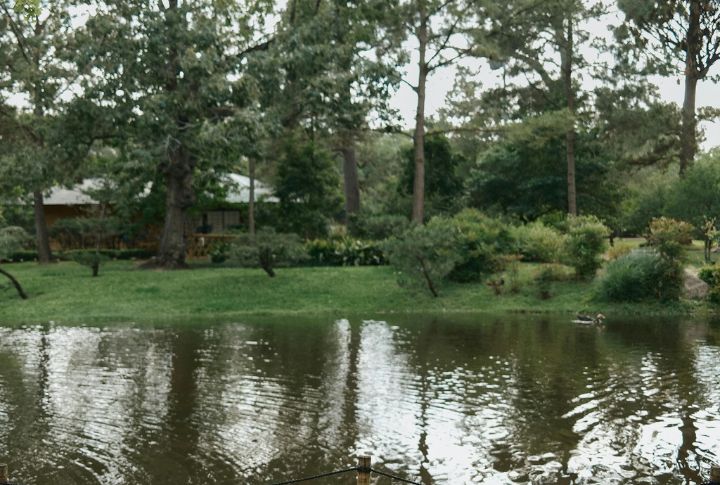
Texas spans 11 ecoregions and supports over 630 bird species across its diverse terrains. Forests, rivers, and wetlands foster rich biodiversity, including more than 200 freshwater fish. The state’s vast area allows ecosystems to thrive side by side—from marshy Gulf lowlands to the arid Chihuahuan Desert.
Wyoming

Yellowstone anchors a critical wildlife corridor that supports more than 400 animal species. The elk population is around 109,000 across the state. Since their reintroduction in the 1990s, wolves have steadily expanded. These animals thrive in forests, grasslands, and geothermal basins. Bird diversity also runs high, with over 470 species documented.
Hawaii

Around 8,759 endemic species evolved in isolation here. Native wildlife includes monk seals, hoary bats, and coral reef fish. Of 71 original bird species, 76% are now either extinct or endangered. This is why conservation efforts mostly focus on the remaining birds and aquatic species found nowhere else on Earth.
California
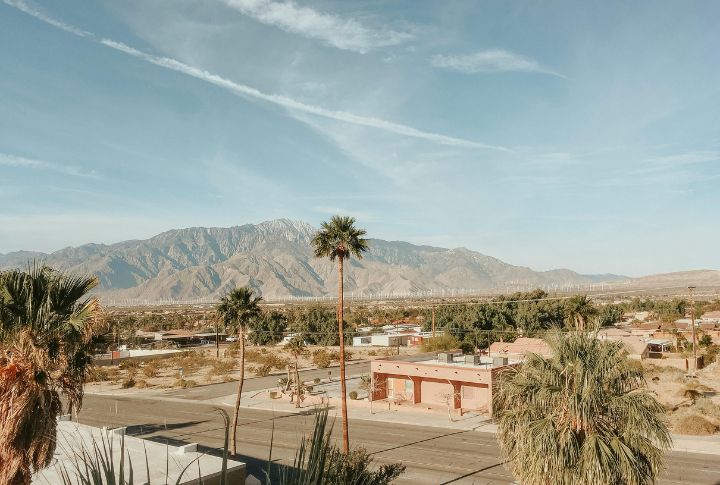
California supports around 1,000 vertebrate species across deserts, forests, coasts, and mountains. Endangered animals like the California condor and desert tortoise rely on protected land. Rapid elevation changes create varied climates and ecosystems, while the Sierra Nevada and Pacific coasts offer unique conditions that foster rich biodiversity.
Montana
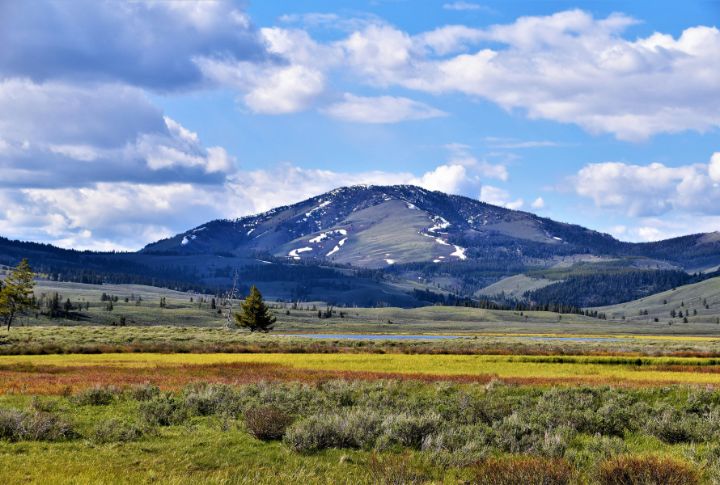
Glacier National Park shelters elusive species like lynx and wolverines. There are over 70 mammal species across the region, with Montana also maintaining around 19,157 wild bison. Mountain forests contrast with open valleys, each providing space for grizzlies and bird populations that avoid developed areas.
Oregon

From tidepools to high deserts, you’ll find nine distinct ecoregions in Oregon. Northern spotted owls depend on old-growth forests for survival. Along the 362-mile coastline, whales and sea lions share space with marine birds. Inland wetlands support black bears, cougars, and several endangered amphibians.
Arizona

Elevation shifts across Arizona create a variety of life zones. These support around 560 to 569 bird species and 144 mammals. In the Sonoran Desert, unique species like the Gila monster and javelina thrive. Additionally, higher elevations bring black bears and mountain lions. Climate variation and wildland protections also drive the state’s strong biodiversity.
Colorado

Colorado’s diverse terrain accommodates 960 wildlife species, including the largest elk herd in North America, with over 280,000 animals. In the alpine regions, bighorn sheep and mountain goats roam freely. Meanwhile, trout and foxes thrive in the state’s river systems and lowland forests. Public lands even offer migration corridors for seasonal movements.
